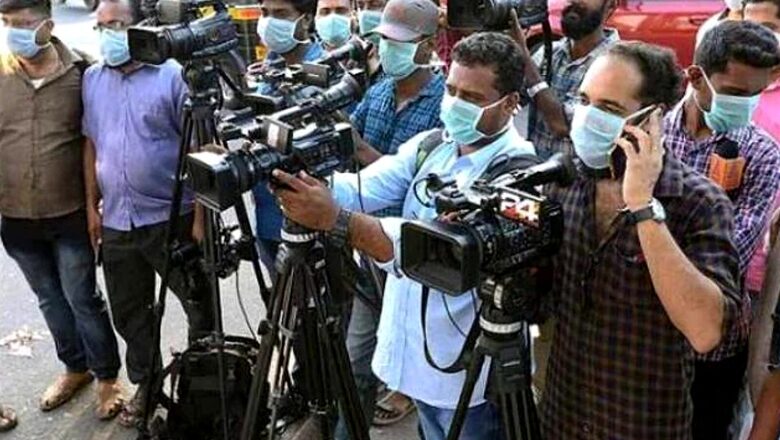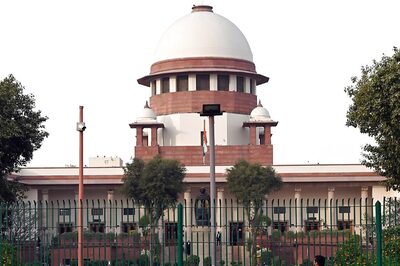
views
Last week, news came into the limelight that press freedom in India has decreased dramatically as India slid in the index of press freedom. This report was released by an organisation called Reporters Without Borders, a non-profit and non-governmental organisation without any accountability, with the World Press Freedom Index (WPFI).
This episode is not the first time and neither would it be the last time that such a report was released, and India was demoted from it. It started with a rank of 80 in the inaugural WPFI report in 2002: India’s position fell to 122 in 2010, 131 in 2012, 140 in 2019, and 142 in 2020, followed by 150 in 2022. This report aims to evaluate the level of freedom enjoyed by media in 180 countries.
During the UPA era, India’s ranking, according to this index, was falling consecutively and silence prevailed in most of the quarters which are vocal right now. Such reports are not even taken seriously in many countries right now.
Like all surveys, this survey also has some methodology to access the parameters, and in a nutshell, it is anything but faultless.
First, the organisation didn’t mention the number of participants it surveyed before giving such a label. Although it would not be unfair to assume that the sample size would be tiny, typically consisting of an elite class of journalists, activists, and social scientists to decide how much freedom people enjoy. In the past, the entire WPFI 2020 report was prepared by questioning just 150 correspondents and 18 NGOs, with each one answering all 83 questions related to each country. The results prepared from this method will not surprise anyone about how much connection they would have with reality.
Second, the questionnaire contains many questions that can’t be directly associated with the fact that the government is suppressing the freedom of the press. For example, one question is, “Is the news media able to achieve financial stability?” Now, the answer to this question can be anything but the reasons are multiple. It can also be that the finance department of the media is facing some issues, or the media has taken a debt in expansion which can’t be repaid because of the margins shrinking.
Another question is, “Are journalists threatened or influenced by corruption?” The answer would be tricky in this case. It can also happen that the journalists are affected by corruption by big corporate to publish against the government. Or replace the ‘big corporate’ with some non-accountable organisation or individual. The question can still be answered without the government being held responsible.
Also, there are questions like, “Are journalists frequently convicted because of their work, whether for press offenses or for common law crimes?”, “Are laws against terrorism, separatism and/or extremism used against journalists?” and so on. This places journalists as the unquestionable people, particularly given that they can also be prone to be criminals but receive much more media coverage when taking action, increasing the availability bias and triggering the elites to think they’re in danger.
Third, the bias of any organisation can be known from the issues on which it takes the stand. In February 2022, Rana Ayyub, whose book was dubbed as fiction by the apex court, was being investigated for purportedly committing financial fraud beneath a fundraiser and the RWB wanted the investigations to be stopped. It was not the first time that the RWB showed this bias, though.
It is not the case with only this organisation that such blatantly shabby observations are published and taken seriously. A few years back, Thomson Reuters Foundation released a ranking of countries based on women’s safety in which India was declared as the most dangerous country for women. The irony in the report was that Afghanistan and Somalia were safer than India when it came to women’s safety! As usual, it was prepared by asking opinions from a small lot of feminists, humanists, activists (add some fancy –ists here) across the globe.
Coming back to the point, there may be political or economic attempts of intimidation that one can’t ignore while analysing the whole picture and giving a conclusion, but the surveys using such an outdated methodology and blatant bias will not help the cause either.
Harshil Mehta is an analyst who writes on international relations, diplomacy and national issues. The views expressed in this article are those of the author and do not represent the stand of this publication.
Read all the Latest Opinions here




















Comments
0 comment